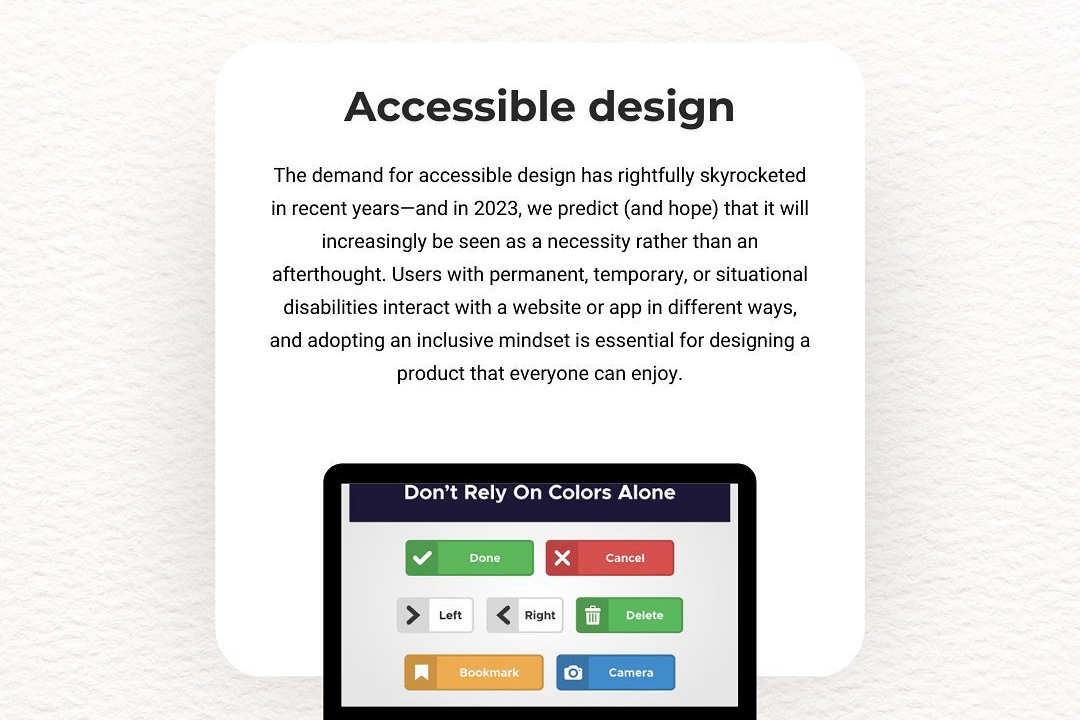Swift UI Components
Enhancing User Interfaces with SwiftUI Components
Swift UI Components
SwiftUI is a modern framework by Apple for building user interfaces across all Apple platforms using a declarative Swift syntax. It provides a range of components, known as views, that allow developers to create intricate and dynamic interfaces with ease. Key components include basic elements like `Text`, `Image`, `Button`, and `TextField`, as well as layout structures like `HStack`, `VStack`, and `ZStack` for organizing views. SwiftUI also features more advanced components such as `List`, `NavigationView`, and `Form` for displaying collections of data and managing navigation seamlessly. With its emphasis on state-driven design, SwiftUI allows developers to manage UI updates automatically in response to state changes, leading to more responsive and intuitive applications. Additionally, the framework incorporates animations, gestures, and accessibility features, supporting both functional and aesthetic aspects of UI design.
To Download Our Brochure: https://www.justacademy.co/download-brochure-for-free
Message us for more information: +91 9987184296
1 - Text: Used to display one or more lines of read only text. This component can be styled with fonts, colors, and other modifiers.
2) Image: Displays images in various formats (JPEG, PNG, etc.). Images can be resized and customized with modifiers for alignment and scaling.
3) Button: A standard control that executes an action when tapped. Buttons can display text, images, or both, and can be styled to enhance user interaction.
4) TextField: A view that allows users to input text. It can be combined with data binding to dynamically capture user input.
5) SecureField: Similar to TextField, but hides user input, commonly used for passwords. It provides an additional layer of privacy for sensitive information.
6) Toggle: A switch control that allows users to turn a setting on or off. Toggles can visually represent binary states, making them intuitive to use.
7) Slider: A control for selecting a value from a range using a movable thumb. Sliders are visually engaging and provide immediate feedback on value selection.
8) Picker: Offers a way to select from a set of options, either in a spinning wheel style or in a dropdown format. It can be used for selecting dates, times, or any list of values.
9) List: A scrollable collection of views that displays data in a structured format. It can be statically defined or dynamically populated from data sources.
10) NavigationView: A container that manages a navigation based interface, allowing for hierarchical organization of view controllers and facilitating transitions between screens.
11) Form: A specialized container used to gather user input. Forms often contain multiple different input fields arranged for easy data entry.
12) ImageCarousel: A dynamic collection that allows users to swipe through a set of images, offering a visually engaging way to present multiple visuals.
13) Stack (HStack, VStack, ZStack): These are layout components that arrange child views horizontally (HStack), vertically (VStack), or in layers (ZStack) which helps in structuring UI.
14) Spacer: A flexible space that can automatically take up space in a layout, allowing for control over the positioning of other views.
15) GeometryReader: A container that provides access to the size and position of its child views, which is useful for layouts that need dynamic sizing based on screen dimensions.
16) Alert: A view that presents a modal alert dialog to the user. Alerts can contain informative messages, titles, and buttons for interaction.
17) Sheet: A modal presentation of a view that slides up from the bottom of the screen. Useful for temporary actions or presenting additional details.
18) ProgressView: A visual representation of progress over time. It can be used for loading activities or ongoing tasks, indicating to the user that something is in process.
19) Animation: While not a standalone component, using animation modifiers can bring life to UI interactions, making transitions smooth and engaging.
20) EnvironmentObject: A property wrapper that allows sharing of data throughout the SwiftUI views, making state management easier when dealing with multiple components.
These components form the building blocks of creating dynamic and visually appealing applications within the SwiftUI framework, equipping students with the necessary skills to build modern iOS applications.
Browse our course links : https://www.justacademy.co/all-courses
To Join our FREE DEMO Session: Click Here
Contact Us for more info:
- Message us on Whatsapp: +91 9987184296
- Email id: info@justacademy.co
Net Full Stack Developer Skills












